For Anti-Submarine Warfare
Although the ocean covers nearly 70% of the Earth’s surface, it remains largely unexplored and are often referred to as an unknown frontier alongside the space domain.
Nonetheless, recent technological developments have enabled experts to map the seabed and study the deep-sea environment, all of which are essential not only for commercial purposes, but also for military use.
This includes gathering underwater information vital for submarine warfare, where prior data of topography and sea currents provide a significant advantage.
In order to grasp a clearer picture of the surrounding waters, the Japanese Maritime Self-Defense Force (JMSDF) employs specialized vessels known as “oceanographic research ships.”
As dependents of a navy that was literally obliterated by enemy submarines, JMSDF has heavily dedicated itself to anti-submarine warfare, resulting in the long operational history of oceanographic research ships.
When hunting enemy submarines, one must take various factors into account, including sea temperature, salinity, and geomagnetic fields, in addition to topography and currents.
All of these conditions affect the way sound waves are transmitted throughout water, greatly influencing one’s detection capabilities.
Moreover, mine warfare operations are also prone to being affected by ocean currents and geomagnetic factors, necessitating a thorough research of the marine environment beforehand.
Three Different Types
Among the three oceanographic research ships operated by JMSDF, the “Wakasa” is the oldest, having entered service in 1986 and being refurbished in 2015 for a ten-year service extension.
A typical oceanographic research ship is equipped with special instruments for measuring water temperature, currents, salinity, and magnetic signals, and also have analyzing devices onboard.
The ship can measure both shallow and deep environments, using small boats for the former, whereas unmanned submersibles capable of diving up to 400 meters (1,300ft) are prepared for the latter. The submersibles are also used for drilling the seabed and repairing already installed devices.
The second type, “Nichinan”was introduced in 1999 and adopted a “Bulbous Bow” to reduce water resistance while installing new measures to improve stability. As a result, the Nichinan was able to reduce adverse effects on acoustic measurements compared to its predecessor.
On the other hand, the latest model “Shonan,” which entered service in 2010, focused more on saving construction costs and opted to not have any unmanned submersibles.
New 3,500-ton Class Ship
As Japan aims to maintain an advantage over China in submarine warfare, the role of oceanographic research ships have become more important than ever. Thus, JMSDF is building a 3,500-ton class vessel at the cost of 300 million USD to replace the aging Wakasa.
But, the real challenge is whether the navy can maintain the current configuration amidst serious manpower shortages.
Surely, some aspects of oceanographic surveys can be handled by the private sector, but collecting underwater data crucial for anti-submarine warfare would be too much of a security risk.
Any information that can potentially determine the outcome of submarine warfare is guaranteed to be classified, something not be entrusted to private companies that easily.
This is exactly why JMSDF prefers operating their own oceanographic research ships, even at the expense of allocating personnel from the dwindling human resources.
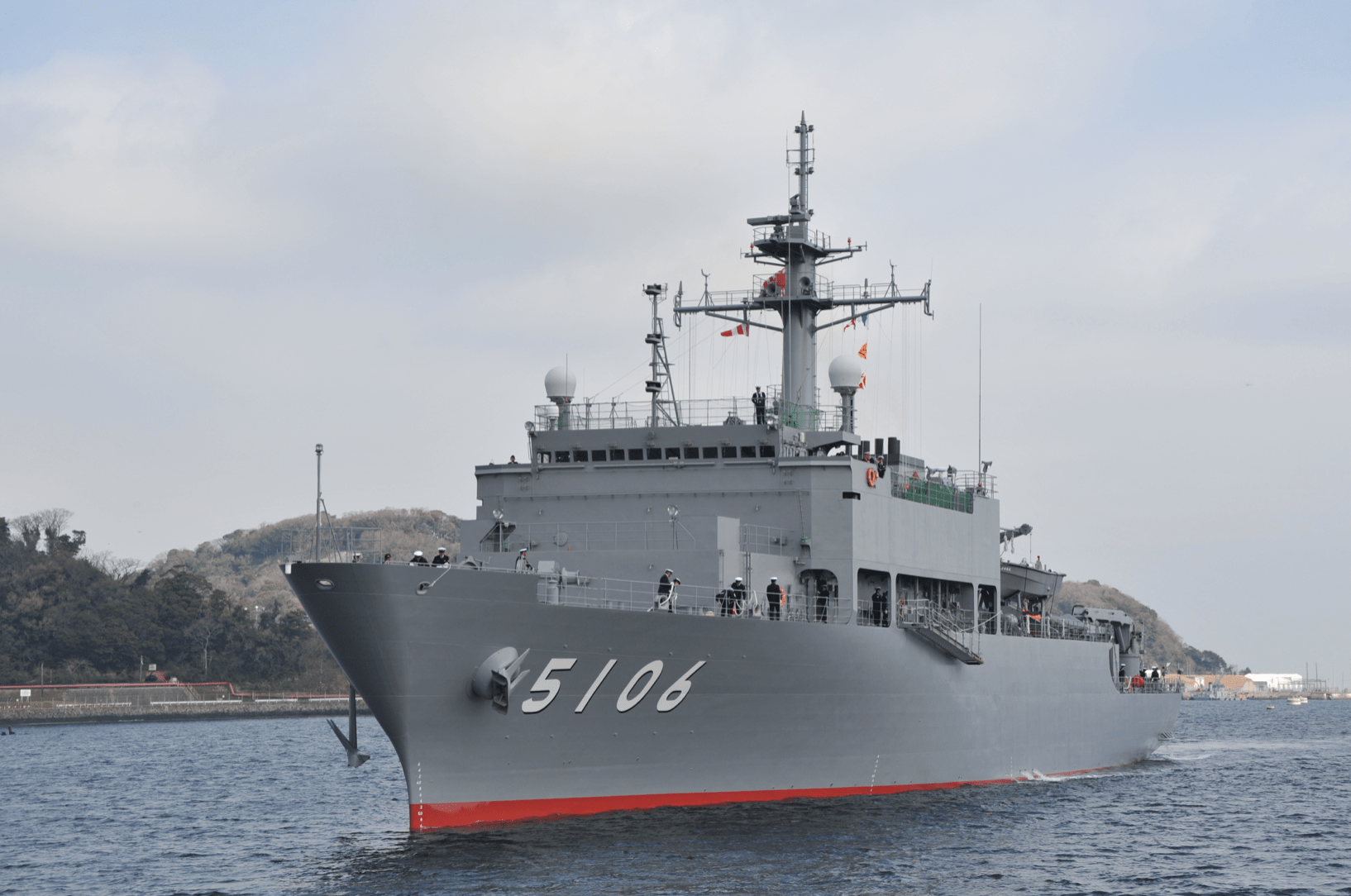 The latest Shonan-class (photo: JMSDF)
The latest Shonan-class (photo: JMSDF)
Now, you may think Japan has already accumulated enough underwater data from its 70+ years of research.
While this is seemingly true, volcanic activity and changing currents has contributed to a volatile ocean environment, necessitating ongoing surveys by the JMSDF.
So, in theory, the task of gathering underwater information is infinite, if one wishes to possess an updated knowledge of the surrounding waters which crucial for maintaining a strategic advantage.

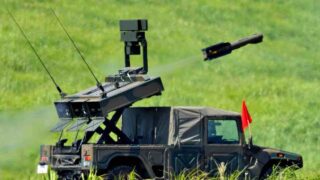



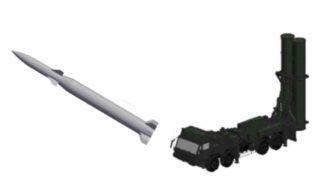
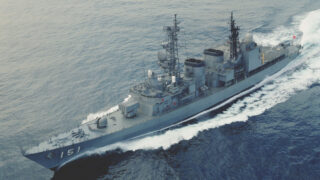

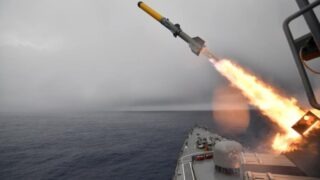
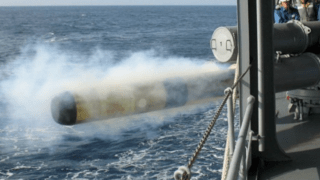
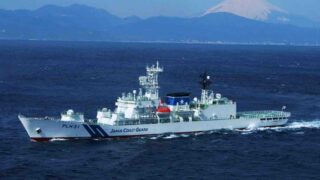
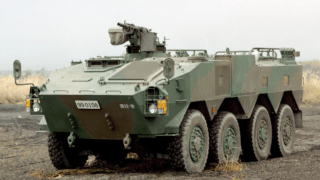
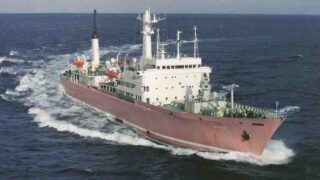
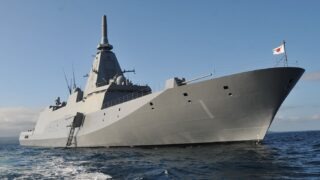


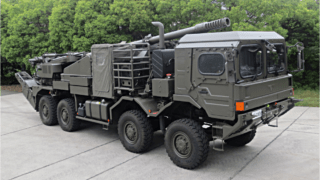
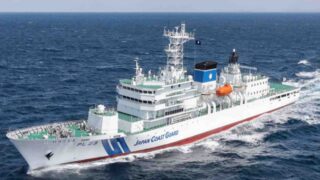
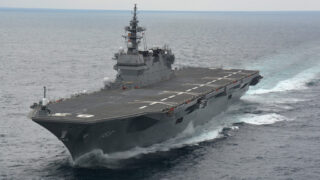
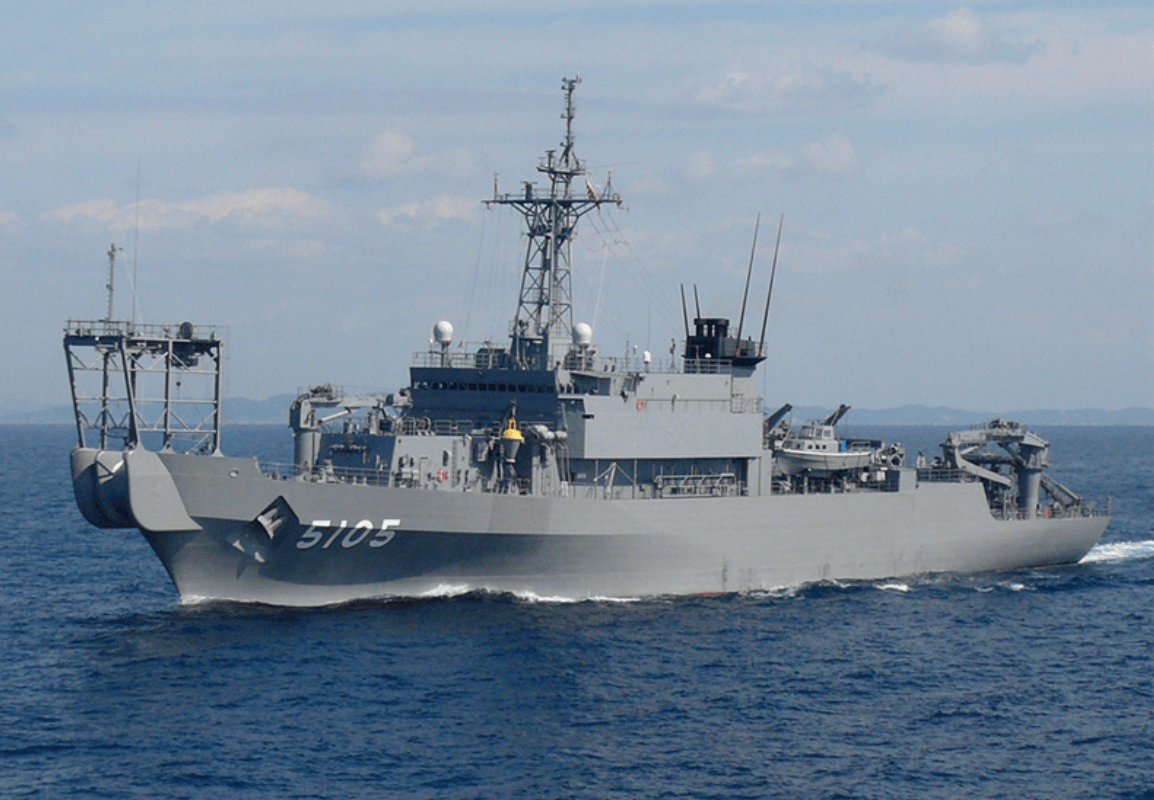
Comments